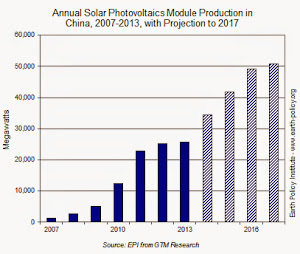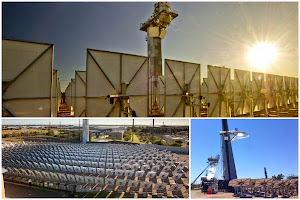Caribbean energy experts recommend creation of new Caribbean Centre for Renewable Energy and Energy Efficiency (CCREEE) – A Centre of Excellence to Promote Inclusive and Sustainable Energy Industries and SE4ALL
The technical design and institutional set-up of the Caribbean Centre for Renewable Energy and Energy Efficiency (CCREEE) was successfully validated by energy experts and specialists of CARICOM Member States in a regional workshop, held from 21 to 22 July 2014 in Roseau, Dominica. The event was co-organized by theSmall Island Developing States (SIDS) Sustainable Energy Initiative – SIDS DOCK, the United Nations Industrial Development Organization (UNIDO) and the Government of Dominica, with financial support of the Austrian Development Cooperation (ADC).
The workshop follows-up on the official request of SIDS DOCK to UNIDO in August 2013, to assist the small island developing states in the Caribbean, Pacific, Indian Ocean and Africa, in the creation of a SIDS network of regional sustainable energy centres. With technical assistance from UNIDO, a consultative preparatory process for the Caribbean centre was launched in close coordination with the Energy Unit of the CARICOM Secretariat. The process included the development of a needs assessment and project document on the technical and institutional design of the centre. With the inputs received at the regional workshop, the needs assessment and the project document on the technical and institutional design of the centre will be finalized.
It was recommended to create CCREEE under the umbrella of the existing institutional framework of CARICOM. It was agreed to submit the final CCREEE project document for consideration by the next Ministerial Council for Trade and Economic Development (COTED) of CARICOM. It was suggested to launch a competitive selection process for the host country of the Secretariat of CCREEE.
Prime Minister of Dominica, Hon. Roosevelt Skerrit, endorsed the establishment of the CCREEE, and announced Dominica’s interest in hosting the centre. “Dominica has the highest percentage of renewable energy (RE) in its energy mix among the Caribbean countries, therefore, Dominica would be the ideal location,” he said. By 2017, Dominica will become the only Small Island Developing State to export electricity. A partnership between the Government of Dominica and a French Consortium will develop a geothermal power plant for export and subsea transmission lines to French neighbours – Guadeloupe to the north, and Martinique to the south.
Ambassador Vince Henderson, Permanent Representative of the Commonwealth of Dominica to the United Nations, and Chair of the SIDS DOCK Steering Committee, who spearheaded the initiative for the establishment of regional RE and EE centres, expressed gratitude on behalf of the small island developing states to the government of Austria for providing the funding for the establishment of the regional centres in the Pacific and the Caribbean and the support to African SIDS through the ECREEE. “The establishment of regional centres for RE and EE is one of the most progressive steps that UNIDO, SIDS DOCK and our governments can take towards the transitioning from fossil fuels to RE, and CCREEE will work with regional institutions, like the OECS, CARICOM, CREDP and CDB, to pool human and financial resources to transform the regional energy sector,” he noted.
Dr. Pradeep Monga, Director of the Energy and Climate Change Branch of UNIDO, said the importance of the regional energy centre is to boost inclusive and sustainable industrial development in Caribbean islands. “The centre will play an important role in empowering the local private sector and industry to take advantage of growing job and business opportunities in the sustainable energy sector,” Mr. Monga stressed.
The over 60 Caribbean experts and specialists, development and private sector partners in attendance recommended that the centre focuses particularly on policy implementation, capacity development, knowledge management, awareness raising and the creation of business opportunities for the local sustainable energy industry. The centre will act as a think-tank and hub for sustainable energy and will play a key role in creating economies of scale and a competitive sustainable energy market and business sector. It will address existing barriers and strengthen drivers through regional methodologies and tools. It will act as central service provider for the development and implementation of SIDS DOCK and Sustainable Energy For All (SE4ALL) activities.
The centre will become part of UNIDO´s Global Network of Regional Sustainable Energy Centres. The SIDS centres will be announced as an innovative south-south partnership at the Third International Conference on Small Island Developing States, scheduled to take place from 1 to 4 September 2014 in Apia, Samoa.
Further information on the workshop is available at: www.ccreee.org
For more information:
Mr. Al Binger, Energy Advisor, CARICOM Climate Change Centre, abinger@sidsdock.org









